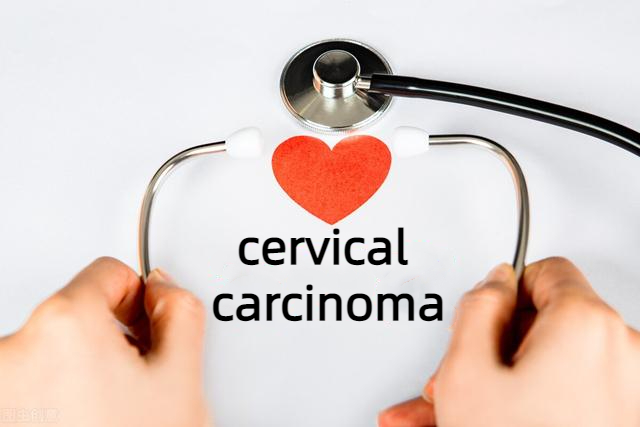Comprehensive Strategy for Cervical Cancer Screening
时间:2023-10-28
Cervical cancer is the most common gynecological malignancy. On a global scale, an average of one new case is detected every minute, and one woman dies of cervical cancer every two minutes. Every year, China accounts for over 28% of cervical cancer cases worldwide, with a high incidence age ranging from 50 to 55 years old. The infection of HPV virus plays an important role in the occurrence of cervical cancer, and we can reduce the risk of cervical cancer by conducting cervical screening and vaccination to resist HPV virus infection.

Cervical screening "three tiered" procedure:
Cytological examination: TCT (thin layer liquid based cell technology)
Virological examination: HPV virus examination
Colposcopy+biopsy, if necessary, cervical conization to clarify the lesion
Stage 1. Cytological examination
TCT is the basic method for cervical cancer screening and a necessary step for diagnosis.
Observing cervical cells under a microscope to see if they are abnormal. TCT has a detection rate of 100% for cervical cancer in cells, and can also detect some precancerous lesions, microbial infections such as mold, trichomonas, viruses, chlamydia, etc.
The focus of cytological examination is to pay attention to re examination.
Stage 2. Virological examination
Compared to cytological examination, it has high sensitivity and low specificity, and can be combined with TCT for cervical cancer screening. Count how many HPV viruses are present - HC2 test; Take a look at how many HPV viruses there are - HPV typing test.
Stage 3. Cervical biopsy under colposcopy
If the TCT test shows atypical squamous cell carcinoma (ASCUS) and high-risk HPV DNA test is positive, or low-grade squamous intraepithelial lesion (LSIL) or above, colposcopy should be performed.
Electronic colposcopy can magnify the observed image by 10 to 60 times, and doctors can clearly see the extremely small lesion details on the cervical and genital epidermis through a large screen display. Colposcopy biopsy is the most reliable method for diagnosing cervical squamous intraepithelial neoplasia.
Stage 4. End point of screening - cervical conization
Cervical conization points inward in a conical shape to cut off a portion of cervical tissue. On the one hand, it is used for pathological examination to confirm the degree and extent of cervical lesions; On the other hand, it is also a treatment method for removing lesions.
The screening process recommended by the American College of Obstetricians and Gynecologists (AGOG)
1. The starting age of cervical cancer screening is 21 years old. No matter whether there is a history of sexual life or not, unless it is diagnosed with AIDS, it is unnecessary for women younger than 21 years old to screen.
2. At the age of 21-29, it is recommended to undergo a TCT examination every 3 years, and joint TCT and HPV testing is not recommended for those under 30 years old. Annual cervical cancer screening is not recommended.
3. 30-63 years old, priority recommended for TCT and HPV combined testing, once every 5 years; Individual cytological screening every 3 years can also be used. Annual screening is not recommended.
4. Continuous screening did not detect any lesions, and any type of screening should be stopped after the age of 65. Previously, negative screening results were defined as having 3 consecutive negative cytological tests or 2 consecutive negative combined test results in the past 10 years, and the most recent screening was conducted within the past 5 years.
5. Women who have undergone total hysterectomy and have no previous history of CIN2 or higher grade lesions should stop routine cytological screening and HPV testing, and there is no need to restart screening for any reason.
6. Women with the following risk factors may need to develop more frequent cervical cancer screening tailored to specific situations: HIV infected women; Women with immune dysfunction (such as solid organ transplant recipients); Individuals who have had contact with diethylstilbestrol before birth; Women with CIN2, CIN3, or cancer treatment.
Have you gained a general understanding of cervical screening through the above introduction? Every woman should pay more attention to their cervix, regularly go to a regular hospital for gynecological examinations, and take preventive measures!




 鄂公网安备42090202000178号
鄂公网安备42090202000178号